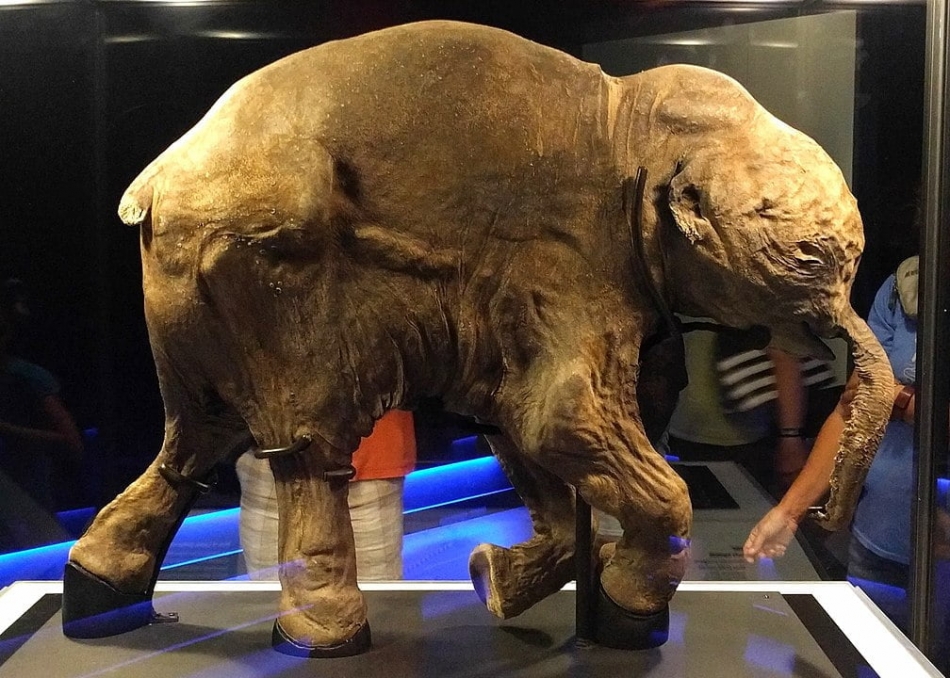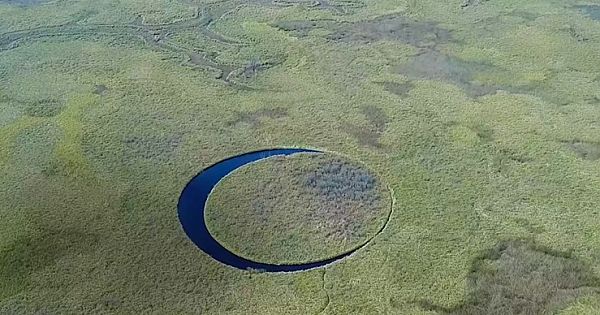28,000-Year-Old Woolly Mammoth Cells Brought Back To Life By Scientists
Cells from a woolly mammoth that died around 28,000 years ago have begun showing “signs of life” during a groundbreaking scientific experiment. The young woolly mammoth was dug out of Siberian permafrost in 2011. With the species being extinct for about 4,000 years, finding such a relatively intact specimen was big news – particularly since this one was 28,000 years old.
"This suggests that, despite the years that have passed, cell activity can still happen and parts of it can be recreated," said study author Kei Miyamoto from the Department of Genetic Engineering at Kindai University. Five of the cells even showed highly unexpected and very promising results, namely signs of activity that usually only occur immediately preceding cell division. Establishing whether the mammoth DNA could still function wasn't an easy task. Researchers began by taking bone marrow and muscle tissue samples from the animal's leg. These were then analyzed for the presence of undamaged nucleus-like structures, which, once found, were extracted. Once these nuclei cells were combined with mouse oocytes, mouse proteins were added, revealing some of the mammoth cells to be perfectly capable of nuclear reconstitution. This, finally, suggested that even 28,000-year-old mammoth remains could harbor active nuclei. Meaning, something like, that resurrecting a specimen like this one would be quite possible.




